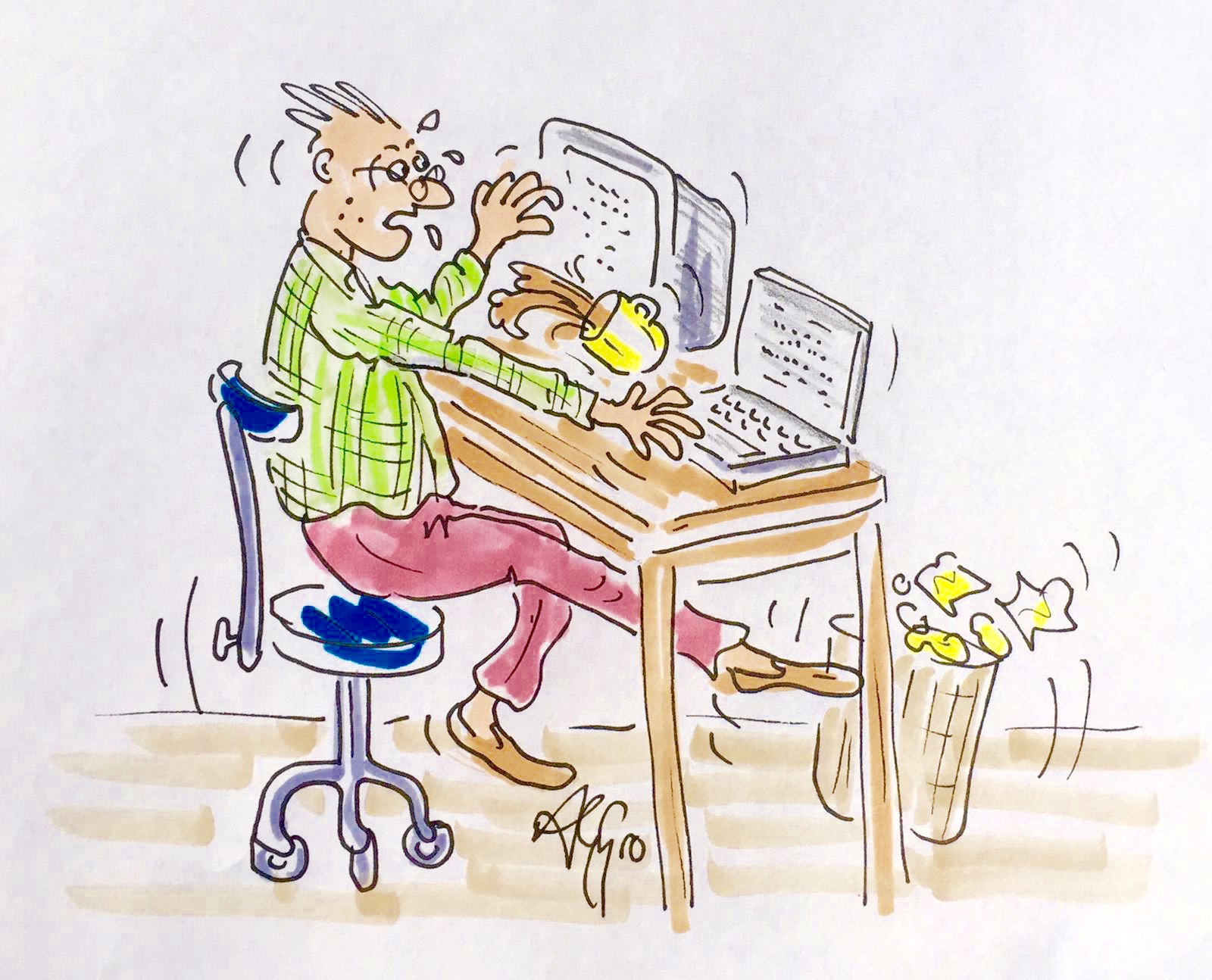02 July 2020
E-negotiations?
Building in failure.
By Robert Kilconner.
More women directors? More accountants? A higher proportion of non-executives? Increased personal responsibility for managing directors? Better representation of the workforce? Name any corporate reform you like and someone will tell you that it will improve the standard of decision-making, or perhaps reduce the standard, or perhaps sometimes increase the standard and sometimes reduce it, but anyway change it and business will never be the same again.
What then about the latest reform, the holding of many more meetings electronically? That has been accelerated by covid but is likely to become established as a permanent feature of the system. It is good for the environment because it stops people travelling to meetings but, in terms of decision-making, is it a good thing or a bad one?
Electronic meetings are quite different from physical meetings because discipline has to be imposed to prevent everyone talking at the same time. If you have a dozen or so people present in a room they can keep an eye on each other and make their contribution when there is a convenient lull, in rather the same way that a car joins a major road where it sees a gap in the traffic. You cannot run an e-meeting on that basis even though the participants can see each other on their screens. That instinctive feel for when to give way is not there. Either everyone will talk over each other or there will be long silences which everyone will try to fill by commenting at the same moment. No, an electronic meeting has to be toughly chaired with the participants either speaking when called upon by the person in the chair or in rotation. That means that a participant has to marshal his or her thoughts carefully in order to get them out in the allotted slot.
To those used to sitting through long and rambling meetings taking all day, that sounds like heaven. Wow, people marshalling their thoughts and thinking about what they’re going to say. Bring it on! But order is bought at a price in terms of creativity. It is hard to brainstorm, for example, because brainstorming is an informal process whereby the meeting instinctively gives a hearing to a participant with an idea and others break-in or takeover as and when they have a real contribution to make. The difference between brainstorming and a meeting dominated by loudmouths with nothing to say is a subtle one and depends upon those present following protocols which flow from intuition and experience. Combining those protocols successfully with the necessary formalism of an e-meeting is unlikely.
It isn’t only in relation to brainstorming that e-meetings are unsatisfactory either. The fact that participants are heard in sequence makes it difficult for them to butt in and challenge each other effectively. It all becomes a bit like question time in the House of Commons, appropriate enough no doubt where formal positions are being exchanged but hardly likely to get to the bottom of things.
Another advantage of the physical meeting over its e-equivalent is more subtle. Any professional negotiator will tell you that the chances of agreeing a deal in a room are inversely proportional to its size. No, I don’t mean to the number of people in the room but to its actual square footage. If you wish to make progress on a negotiation that seems to be getting stuck, one standard tactic is to move the meeting to a smaller room so that the participants are more crowded. That will change the atmosphere and move things forward. If, on the other hand, you wish to slow or frustrate a negotiation, move it to a larger room where the participants are more spread out. People trust each other more when they are herded closely together and become more amenable to compromise. If the table is so small that one or two participants have to perch on the end of it, so much the better – if you want an agreement to be concluded, that is.
Now by its nature an e-meeting is an impersonal affair with no room for that subliminal communication between participants which you get in the small meeting room. It is the large room taken to its logical extreme, and it follows that negotiations carried out in e-meetings are less likely to be successful than those carried out physically. That may be good or bad, depending on your point of view, but it is certainly something of which those arranging e-meetings need to be aware. Still, e-meetings have their place. They work well where the participants are reporting to a dominant chair. They work for an arbitration where the participants are presenting to an arbitrator. But arrange negotiations like that only if you are prepared to accept that the chances of a successful outcome are being sacrificed in the name of convenience.


